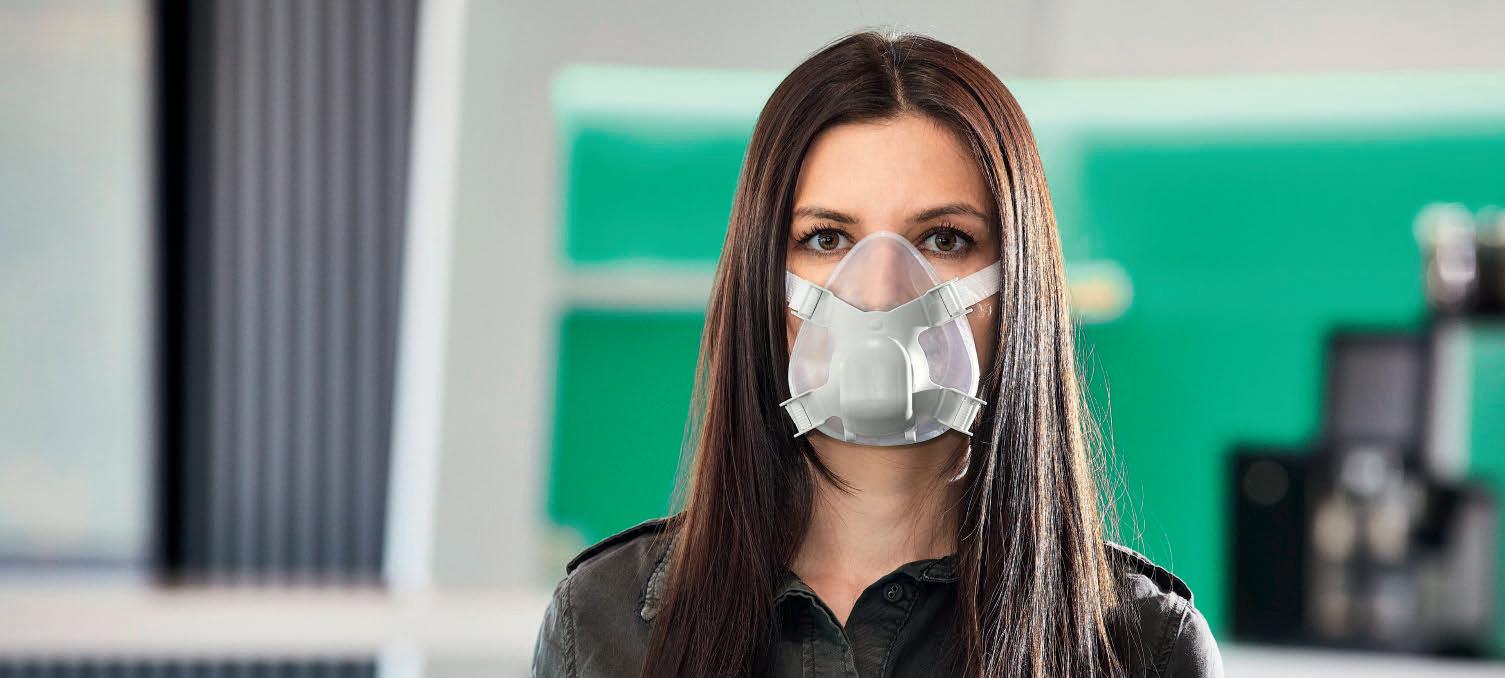
3 minute read
MINDFUL MANUFACTURING
MINDFUL MANUFACTURING WORDS: SAM DAVIES
The governments are debating legislation, the public are making lifestyle changes, the activists continue to protest, but what are corporations doing to address the climate emergency?
Increasingly, it’s appointing people like Rosa Coblens to positions like VP of Sustainability. As one of the pioneers of 3D printing, Stratasys considers itself a leader in the additive manufacturing (AM) space, the leader on the polymer side, and it has decided it should also demonstrate leadership on the sustainability front. Earlier this summer, it joined the Additive Manufacturer Green Trade Association (AMGTA) as a founding member, and weeks later promoted Coblens from a communications role to head up its sustainability eff orts.
The aim, after much talk about 3D printing’s sustainability benefi ts, is to look deeper at its Environmental, Social and Corporate Governance and start providing the evidence to those claims.
“We’re not looking to share a message, we’re looking to do,” begins Coblens. “A lot of what we know about the value of additive manufacturing doesn’t have data behind it. We say that we know it’s less wasteful but we don’t have the research around that, we don’t have the specifi c data points and we can’t improve year on year because we didn’t create the baseline.”
In her new role, Coblens will lead eff orts in achieving a series of UN Sustainable Development Goals (SDG) relating to responsible consumption and production; industry, innovation and infrastructure; climate action; and quality education. It will see Stratasys reduce waste and reuse materials; promote inclusive research and make information more accessible; reduce the company’s carbon footprint; and develop education and learning opportunities around sustainability.
As Coblens gets to work, the driving force for these initiatives has come from above, in particular CEO Dr Yoav Zeif, but in landing on these SDGs, it was the employees who directed the company’s initial focuses by responding to a series of surveys. They too, per Coblens, share the leadership’s passion for these eff orts.
This evolution will see Stratasys set up projects around its SDGs, implement key performance indicators to track progress, establish forums to foster discussion, and allocate budgets to support the endeavors. Coblens describes it as a ‘serious undertaking’ at the company and hopes the work she and her team carry out could contribute to the creation of best practices for the additive industry. Such is the nature of AM technology, there’s recognition that the processes can never be perfect, but the reality of the situation is that Stratasys and co need to do all they can.
“We’re moving into manufacturing. It’s resource intensive, we’re not going to be a green company, we’re not selling a green product,” Coblens says, “but we’re making a commitment to always make improvements, to impact climate in a positive way while we do this.”
Such is the value proposition of additive manufacturing and all it can off er – from lightweight designs to digital inventories and localized production – Coblens believes that more people need to be appointed to roles like hers within the AM space. As the application of 3D printing grows to include more production parts, so too does the responsibility of those who provide the technology platforms.
“Sustainability and profi tability, they work together, meaning that the more that we build our business, the more impact that we can have on each of these ESG elements,” Coblens says. “The stronger the companies are, the more responsibility we have to introduce mindful manufacturing, where you’re thinking about what you’re creating before you go into the process of creating it. We’re not just trying to incrementally change manufacturing, we’re probably going to shift the face of what manufacturing looks like over the next decade, so do it with a deep thought process about the people around you in the room, in the innovation process, the communities you serve, your customers and their needs.”










